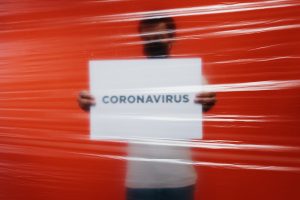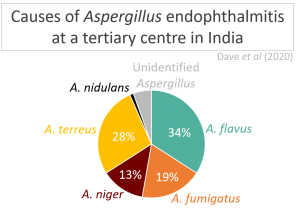Submitted by BethBradshaw on 9 December 2019
Definitions of invasive fungal diseases were originally published almost two decades ago by the EORTC Infectious Diseases group and the Mycoses Study Group to foster communication among researchers in the field. They rapidly became the reference standard for clinical trials of antifungal agents, diagnostic tests and for epidemiology studies. However, these definitions needed revision almost as soon as they were published to extend them beyond immunocompromised patients with cancer and hematopoietic stem cell transplant recipients. Other deficiencies were the omission of nucleic acid tests such as PCR. Hence, a second consensus group was convened, again drawn from the same academic groups, to refine and improve the definitions. Importantly, the framework of proven, probable and possible IFD was retained with the only difference between probable and possible IFD being the presence or absence of mycological evidence. However, the revision failed again to include nucleic acid tests and had less than adequate definitions for cryptococcosis and endemic mycoses, and none for pneumocystosis.
Consequently, a group of 65 experts from across the globe volunteered to join 10 working groups each charged with a specific topic covering special populations (paediatrics and patients in the ICU) , diagnostic tests (galactomannan, (1,3)-beta-D-glucan and T2Candida Assays, Aspergillus PCR 1-3, tissue diagnosis) and other disease entities (pneumocystosis, cryptococcosis, and endemic mycoses). The process proved more complex and took longer than anticipated but a consensus was finally reached for all but patients in the ICU.
- Read the new guidelines (Donnelly et al, 2019) and accompanying editorial commentary (Rogers, 2019)
- As before, the categories of “proven,” “probable,” and “possible” IFD remain unchanged reflecting the level of certainty in the diagnosis.
- The category of proven IFD and endemic mycoses can apply to any patient, regardless of whether the patient is immunocompromised but the probable and possible categories are only intended for immunocompromised patients.
- Finally, Aspergillus PCR has now been accepted as a mycological test, galactomannan thresholds have been reset to improve the positive predictive value, T2Candida has been included and guidance on using tissue for diagnosis has been included.
Undoubtedly there will be room for further improvement, but it is hoped that these updated definitions of IFDs will continue to prove their worth in clinical, diagnostic, and epidemiological research.
News archives
-
Title
Date


